| It seemed strange to me to see such sharp angles. In most of my observations, shapes in nature tend to be more organic. Again, I turned to the internet to try to get a simple explanation for these formations. The information I discovered had me realizing that I should have paid more attention in chemistry class. Additionally, just like in high school my brain started to freeze up with all the flood of information. Many posts had to do with the molecular structure of water and its transition from a liquid to a solid state. An article by Minnesota Sea Grant Director John A. Downing posted at umn.edu titled "Lake and River Ice: Formation and Classification." added some insight. “In a calm lake or pond, the first ice or ‘primary ice’ is quite clear and crystalline and is made up of hexagonal plates, needles, or sheath-like structures with large crystals oriented up-and-down,” Downing wrote. |
“Lake ice is crystalline and comes in a few crystal arrangements. Various classification systems have been developed to describe them,” said the post.
The post first listed a “simple and practical classification" from Tony Gow, a well respected glaciologist. I’m not so sure I would have used the term simple to describe what followed.
As near as I could decipher, the ice I had been seeing was unseeded ice which Gow explained was” large crystals with a vertical C axis.”
| The second classification system the post displayed was established by Bernard Michel and R. Ramseier in 1971. The system included primary ice, secondary ice, superimposed ice and agglomerate ice. With this system, I believed what I had been seeing was a type of primary ice. Reading on, I found that that system included four types of primary ice. I started to get a headache but continued on. “P1 ice forms in calm conditions at temperatures moderately below freezing. The crystal size is large to extra-large. It is (also) called 'large grain ice'…,” the post continued. According to the post, “P2 ice also forms in calm conditions but with colder temperature conditions. It is similar to P1 ice except with more crystals that have a randomly oriented C axis. The crystal sizes are large to very large”. |
However, it was hard for me to verify the answer by Edward Mahoney of Salt Lake City, UT.
Feeling slightly more knowledgeable and only a little less confused, I believe I might have a handle on ice identification.

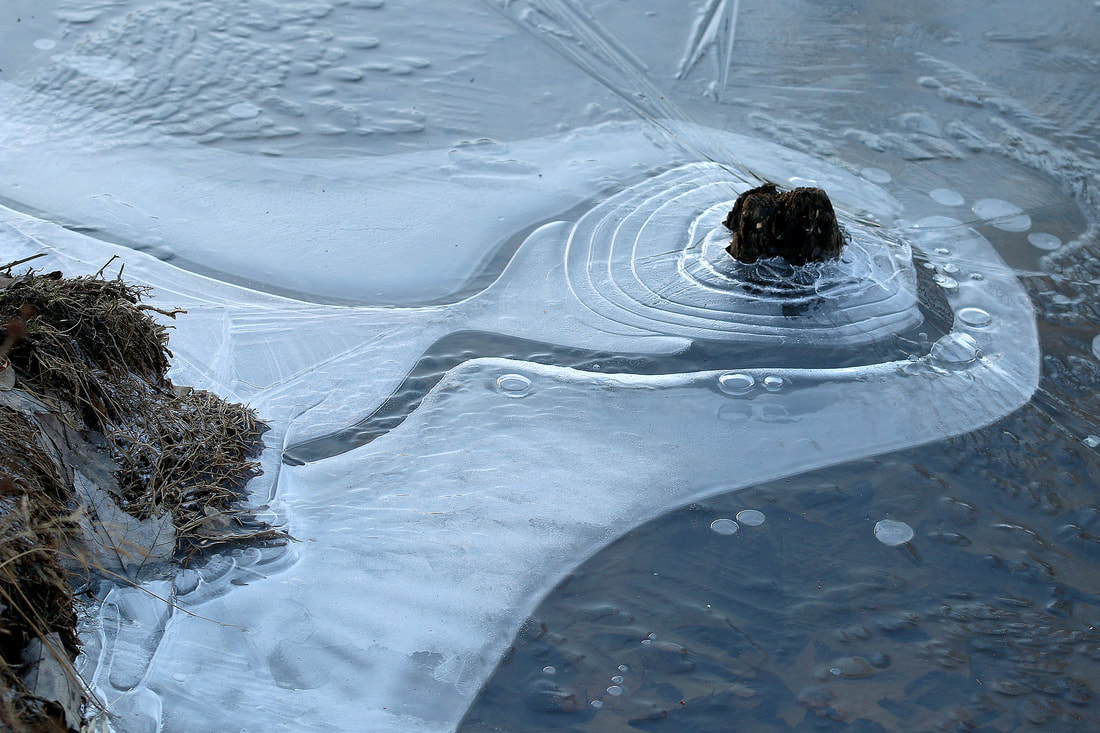
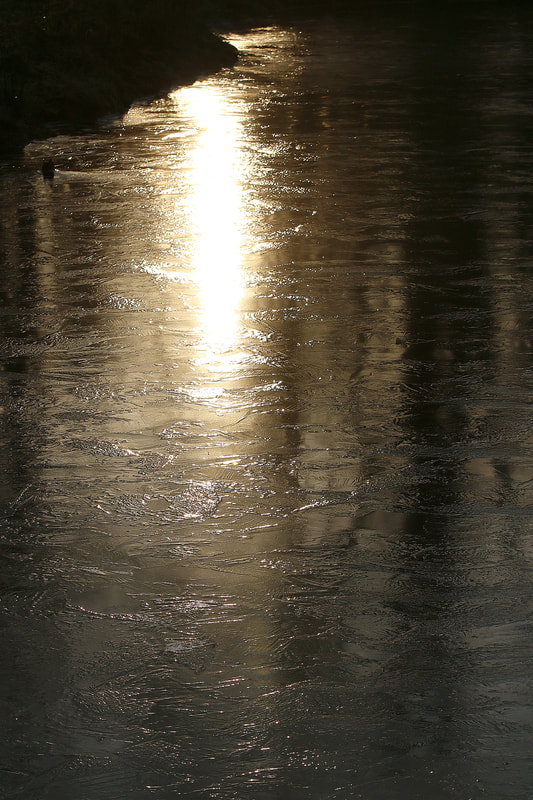
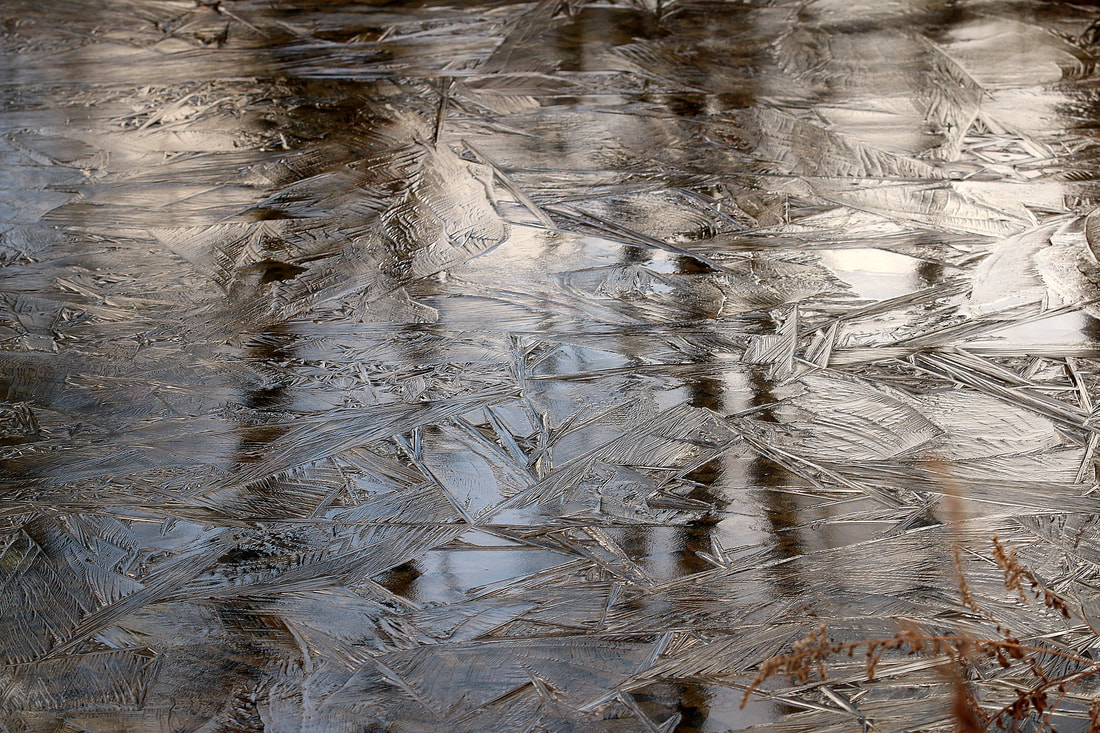
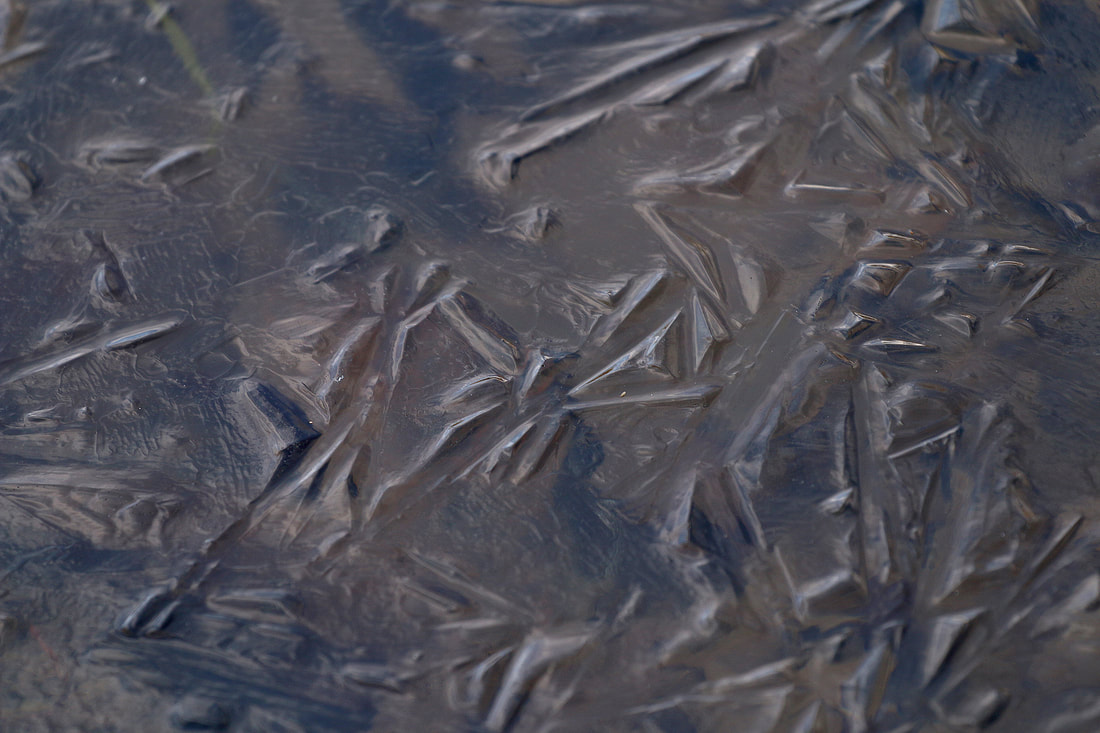
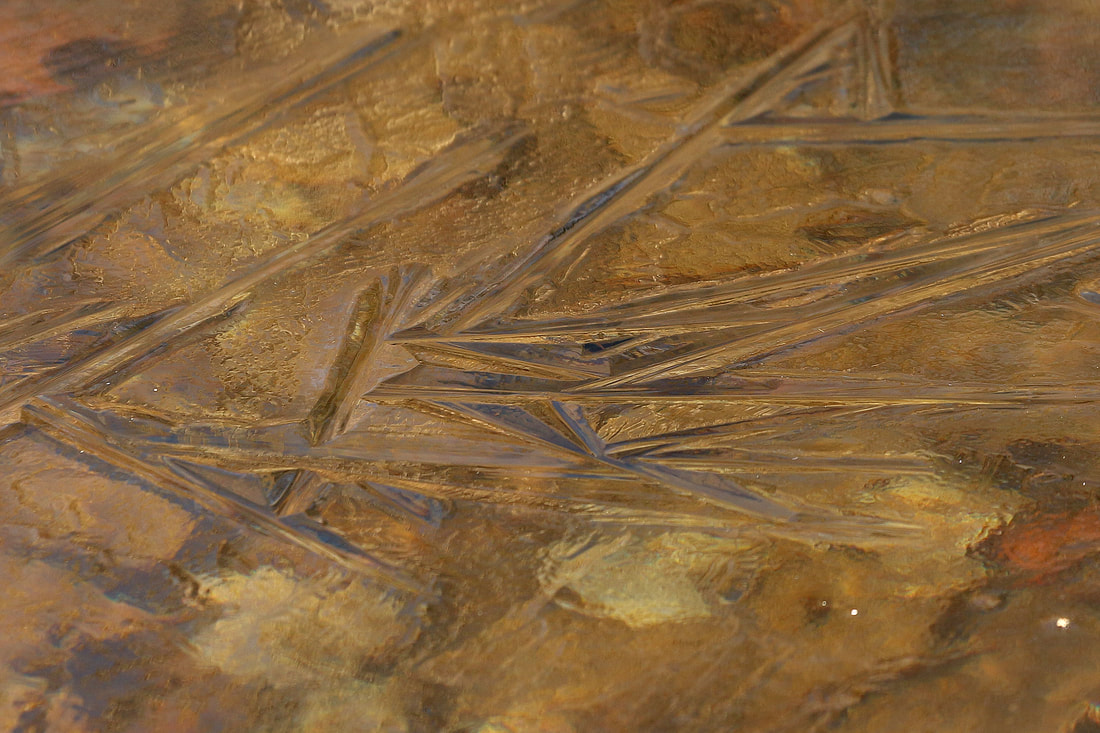

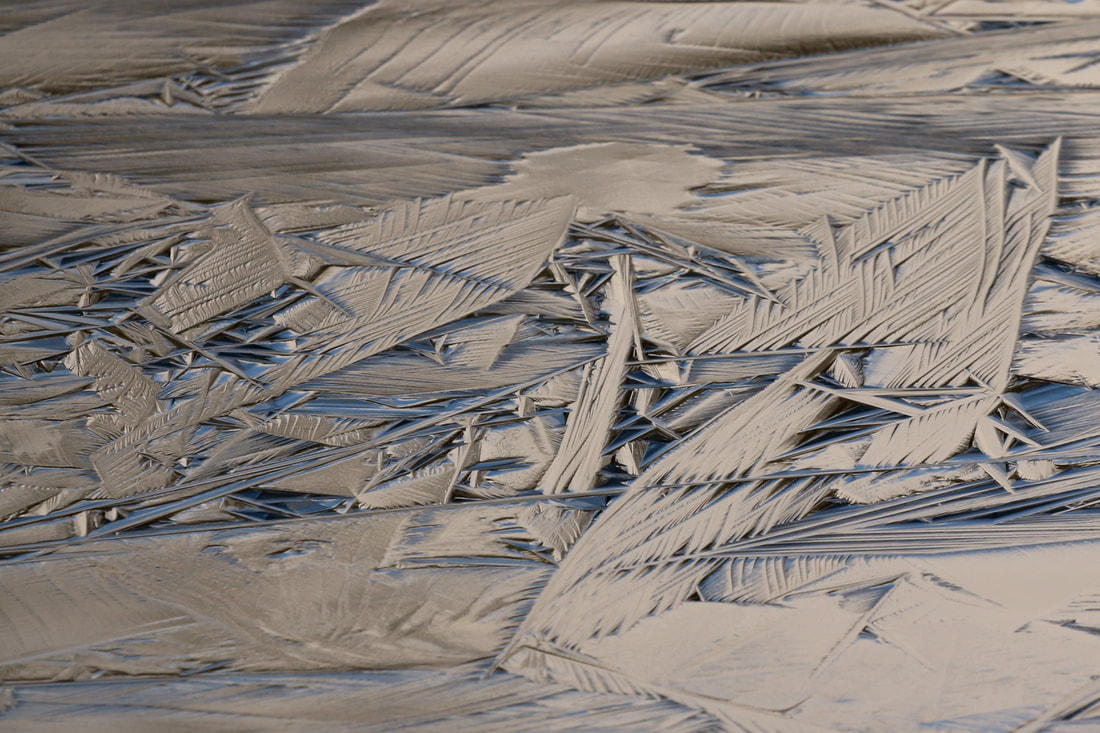
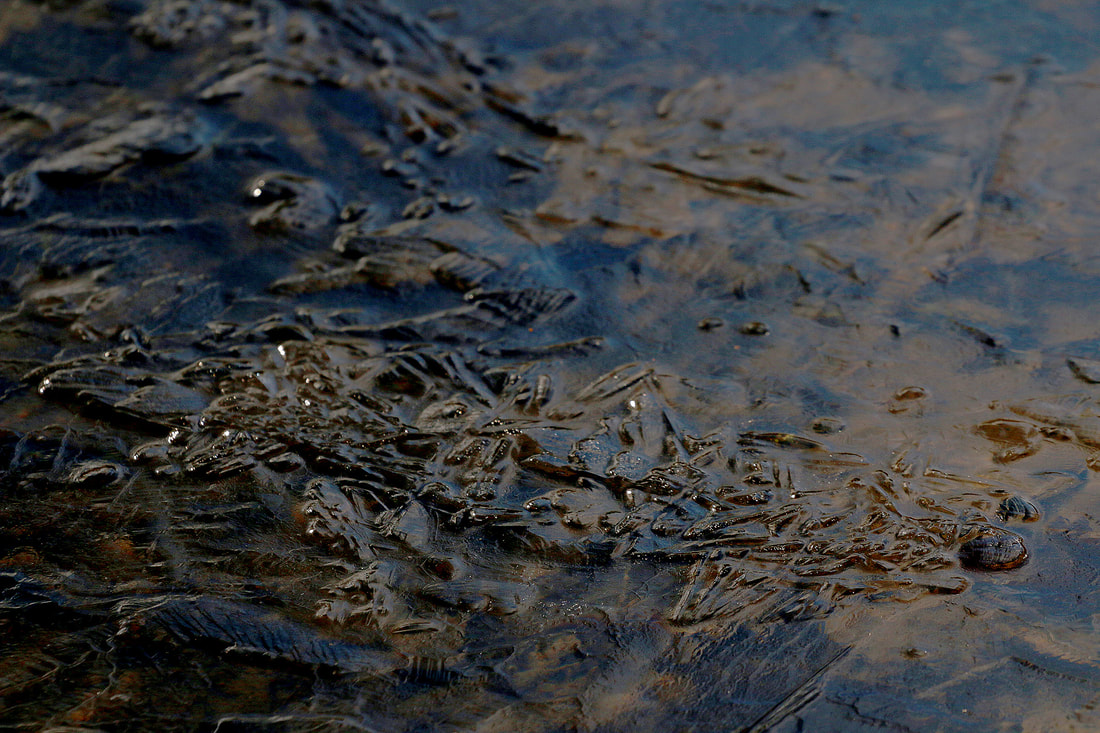
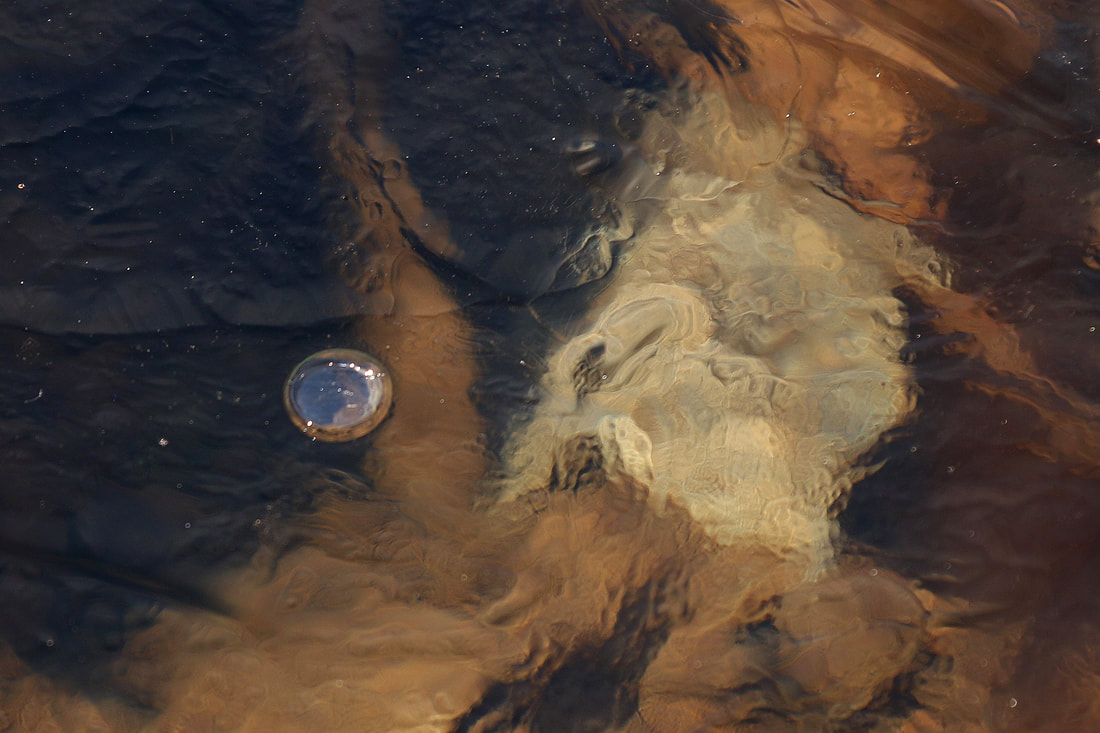





 RSS Feed
RSS Feed